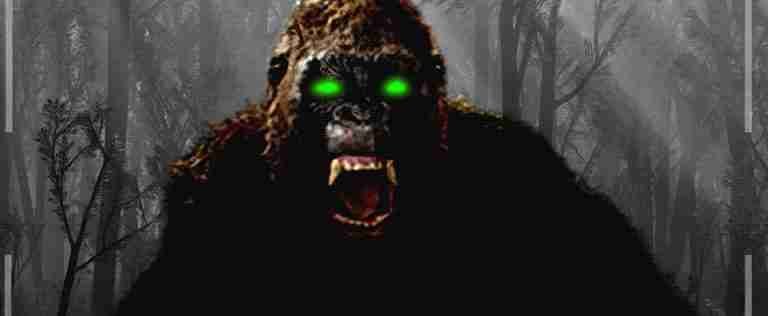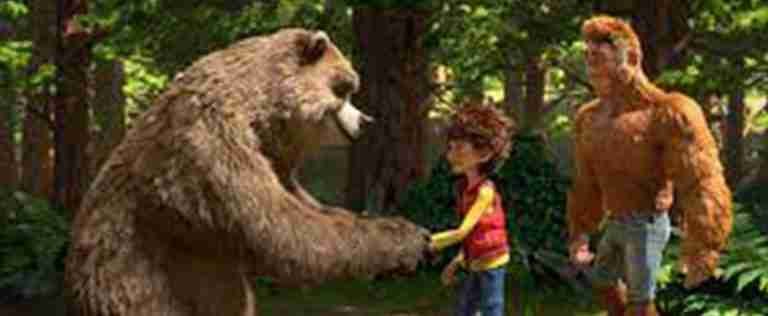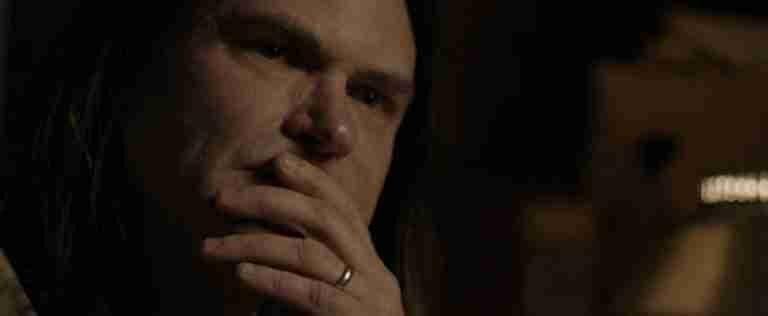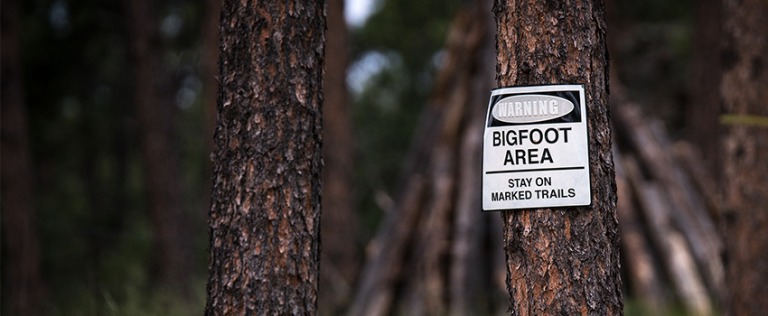Exploring the Representation of Bigfoot in Advertising
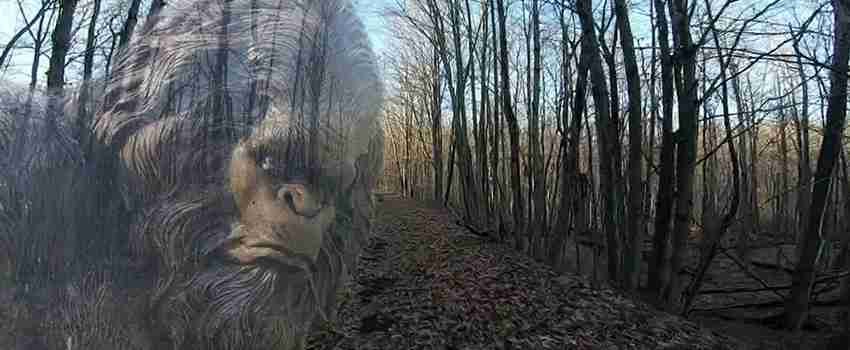
Bigfoot, also known as Sasquatch, is a popular figure in American folklore and popular culture. Many people claim to have seen or encountered Bigfoot, and it has become a subject of fascination for many people around the world.
In popular culture, Bigfoot has been mentioned or featured in a variety of media, including movies, television shows, video games, and music. It has also been used in advertising campaigns, including commercials and other marketing materials.
The purpose of this article, “Exploring the Representation of Bigfoot in Advertising,” is to examine the use of Bigfoot in advertising campaigns. The article will explore the different ways that Bigfoot has been used in commercials and other marketing materials, and will consider the impact of these portrayals on Bigfoot’s place in popular culture.
Bigfoot In Commercials
Bigfoot has been featured in a number of commercials over the years. One example is “Bigfoot Auto,” a commercial released in 2010 that features a storyline in which a group of people encounter a Bigfoot while on a road trip. The commercial portrays Bigfoot as a friendly and playful creature, and includes special effects to depict the creature’s appearance.
Another commercial that features Bigfoot is “Bigfoot Bank,” a commercial released in 2012 that tells the story of a Bigfoot who opens a bank account. The commercial portrays Bigfoot as a responsible and financially savvy creature, and includes special effects to depict the creature’s appearance.
The themes and messaging of these commercials, as well as other commercials that feature Bigfoot, can have an impact on Bigfoot’s place in popular culture. For example, if a commercial portrays Bigfoot as a friendly and playful creature, it may increase people’s positive perceptions of the creature. On the other hand, if a commercial portrays Bigfoot as a responsible and financially savvy creature, it may increase people’s respect and admiration for the creature.
The impact of these commercials on Bigfoot’s place in popular culture can be significant, as they help to shape people’s perceptions and understanding of the creature. It is important to accurately represent Bigfoot in advertising in order to educate people about the myth and folklore surrounding the creature.
Bigfoot In Other Marketing Materials
Bigfoot has also been featured in a number of other marketing materials over the years. One example is billboards that feature Bigfoot, such as those that promote products or services related to the outdoors or adventure. These billboards may depict Bigfoot in a variety of ways, including as a friendly and playful creature, a mysterious and intriguing creature, or a symbol of the wilderness.
Print ads that feature Bigfoot are another example of marketing materials that include the creature. These ads may promote a variety of products or services, and may depict Bigfoot in a variety of ways, depending on the theme and messaging of the ad.
Social media posts that feature Bigfoot are another example of marketing materials that include the creature. These posts may promote products or services, or may simply share information or news about Bigfoot. These posts may depict Bigfoot in a variety of ways, depending on the theme and messaging of the post.
The themes and messaging of these marketing materials, as well as other materials that feature Bigfoot, can have an impact on Bigfoot’s place in popular culture. For example, if a marketing material portrays Bigfoot as a friendly and playful creature, it may increase people’s positive perceptions of the creature. On the other hand, if a marketing material portrays Bigfoot as a mysterious and intriguing creature, it may increase people’s curiosity and interest in the creature.
The impact of these marketing materials on Bigfoot’s place in popular culture can be significant, as they help to shape people’s perceptions and understanding of the creature. It is important to accurately represent Bigfoot in advertising in order to educate people about the myth and folklore surrounding the creature.
Analysis Of Bigfoot’s Portrayal In Advertising
In advertising campaigns, Bigfoot has been portrayed in a variety of ways. Some campaigns depict Bigfoot as a friendly and playful creature, while others portray the creature as a mysterious and intriguing being. Some campaigns portray Bigfoot as a symbol of the wilderness or adventure, while others depict the creature in a more humorous or lighthearted manner.
The potential influence of these portrayals on Bigfoot’s place in popular culture can be significant, as they help to shape people’s perceptions and understanding of the creature. If Bigfoot is depicted in a positive and sympathetic light in advertising, it may increase people’s positive perceptions of the creature. On the other hand, if Bigfoot is depicted in a negative or humorous light in advertising, it may decrease people’s positive perceptions of the creature.
It is important to accurately represent Bigfoot in advertising in order to educate people about the myth and folklore surrounding the creature. This can help to ensure that people have a nuanced and accurate understanding of Bigfoot and its place in popular culture.
In conclusion, the different ways that Bigfoot has been portrayed in advertising campaigns, as well as the potential influence of these portrayals on Bigfoot’s place in popular culture, highlight the importance of accurately representing the creature in advertising. By accurately depicting Bigfoot in advertising, we can help to educate people about the myth and folklore surrounding the creature and contribute to a better understanding of its place in popular culture.
Conclusion: Exploring the Representation of Bigfoot in Advertising
Bigfoot, also known as Sasquatch, is a popular figure in American folklore and popular culture. In advertising campaigns, Bigfoot has been used in a variety of ways, including in commercials, billboards, print ads, and social media posts.
The different ways that Bigfoot has been used in advertising campaigns include depictions of the creature as a friendly and playful being, a mysterious and intriguing being, or a symbol of the wilderness or adventure. Some campaigns portray Bigfoot in a humorous or lighthearted manner, while others depict the creature in a more serious or respectful way.
The potential influence of these portrayals on Bigfoot’s place in popular culture can be significant, as they help to shape people’s perceptions and understanding of the creature. If Bigfoot is depicted in a positive and sympathetic light in advertising, it may increase people’s positive perceptions of the creature. On the other hand, if Bigfoot is depicted in a negative or humorous light in advertising, it may decrease people’s positive perceptions of the creature.
It is important to accurately represent Bigfoot in advertising in order to educate people about the myth and folklore surrounding the creature. This can help to ensure that people have a nuanced and accurate understanding of Bigfoot and its place in popular culture.
In conclusion, the different ways that Bigfoot has been used in advertising campaigns, as well as the potential influence of these portrayals on Bigfoot’s place in popular culture, highlight the importance of accurately representing the creature in advertising. By accurately depicting Bigfoot in advertising, we can help to educate people about the myth and folklore surrounding the creature and contribute to a better understanding of its place in popular culture.

